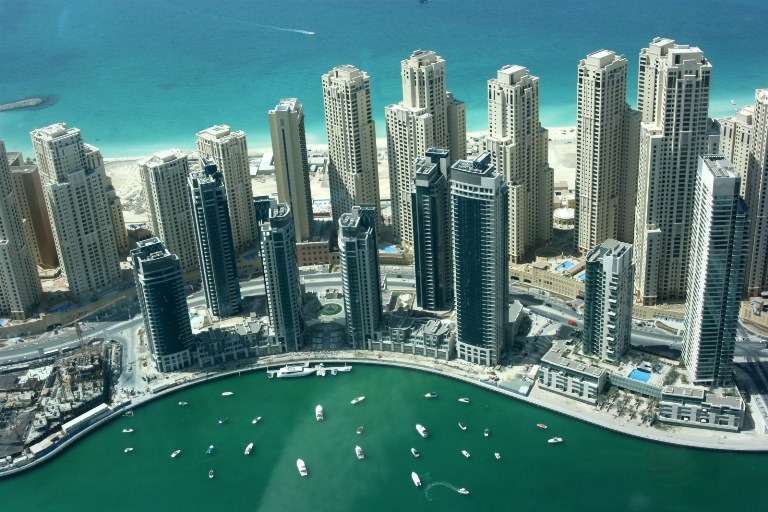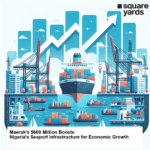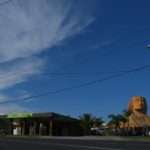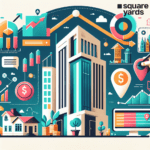Buyers and investors usually have a propensity to wait it out, anticipating a higher fall in property prices across global markets. Timing is the key when it comes to investing in real estate in Dubai and there is a need to extensively understand the phase that the real estate market is going through in Dubai. Real estate markets usually have cyclical movements and property cycles are defined as a sequence of recurring events that are reflected in the demographic, sentimental and economic dynamics which impact supply and demand in the property market.
As a result, values of property can increase on account of positive market growth or stabilize or even decline through certain cyclical stages. Investors should recognize the market phase and then secure the same in a suitable location at the right price, particularly in case of ready housing units. The property cycle pattern encompasses four phases after a predictable pattern between market peaks, commencing from the downturn stage followed by a trough and then onto recovery and upswing cycles.
The downturn right after a peak is usually characterized by lowered buyer interest, falling property sales volumes, lower rents and prices and this is the more cautious stage of the market. The next phase has stagnant interest from investors and a steady decline in terms of sales volumes, prices and rents remain relatively stable. This is a buyer’s market. The recovery stage is the third stage and is usually a more equitable market with rising enquiries from buyers and higher sales and rents. A return price progression is also witnessed in this stage. The last phase in this cycle is the upswing where it is a seller’s market and there is an increase in interest while sales are faster. There is peaking of rents and strong growth in prices to return to the previous peak at the beginning of the cycle.
There are some other factors influencing the structure of this cycle including the position of the global and local economies, the geo-political environment and investor sentiments. In case of Dubai’s property market where interest comes from a high population of expats and end-users alike, buyers seeking returns on investments are more in number. The DLD (Dubai Land Department) has stated that around 21, 574 investors purchased properties worth Dh132 billion in total for H1 2017.
Seasonal investors and end-users are currently taking a wait-and-watch approach majorly, postponing purchase decisions and waiting for a more suitable time. However, which stage should they go for? Should it be at the trough when the prices are at their lowest levels and there are distress sales to be found? Should it be when the market is recovering? Buyers usually choose to wait, anticipating a further drop in prices. However, it might just be too late since the market may witness recovery signs and the best properties in suitable locations may have been snapped up by early birds or may no longer be available for negotiation.
Timing is a key aspect here. It may be better to buy in the second stage, find the best property and negotiate prices as low as possible, thereby trying to lower risks of a further downfall in a shorter span of time. Sellers should also monitor the property cycle, anticipating the upswing phase where prices are increasing and rents are also peaking steadily. The Dubai property cycle is currently in the recovery stage and assuming a long-term investment outlook, purchases can be made. The end result, of course, is that property prices are rarely seen to go down over the long-term.
























